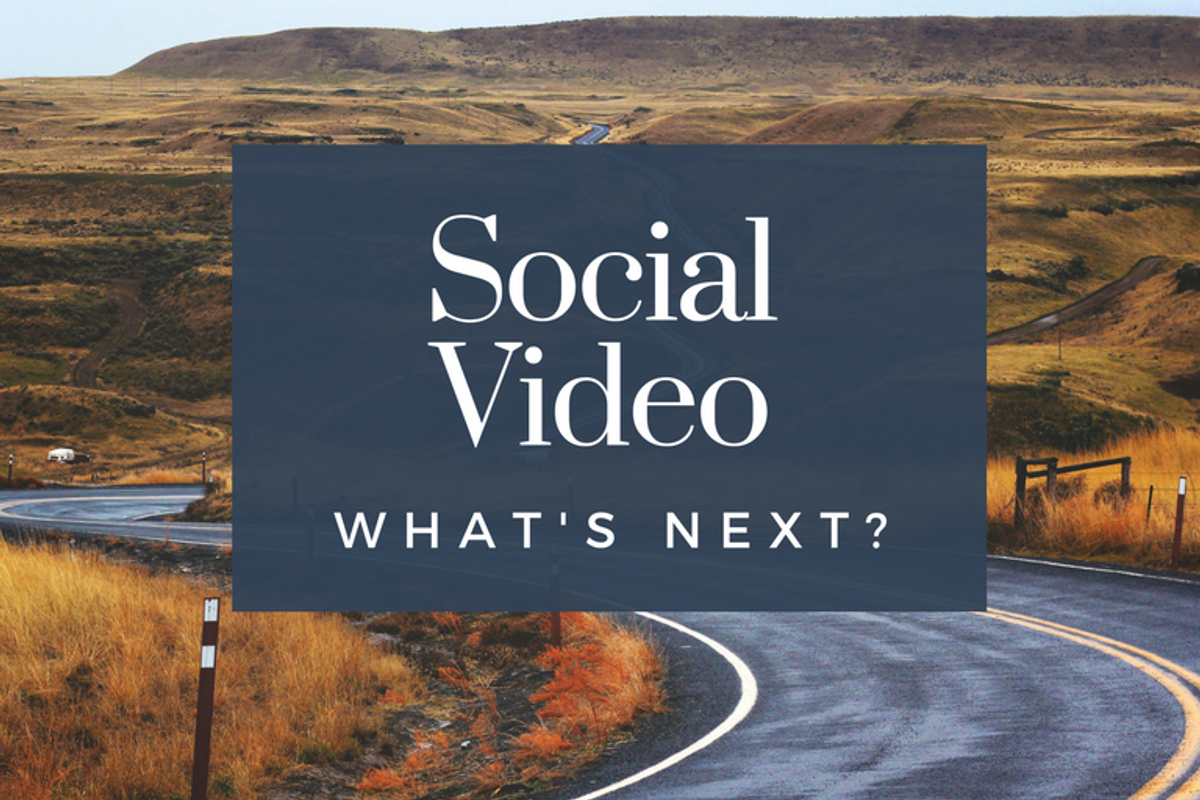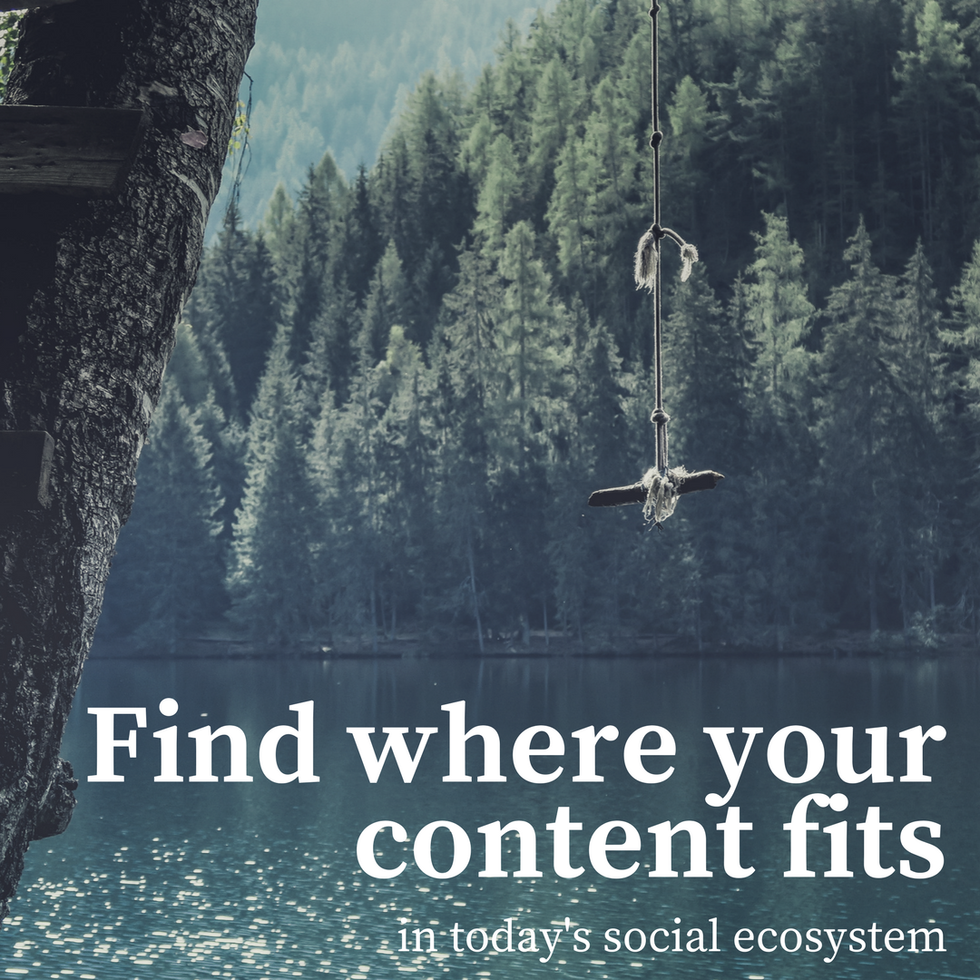
The Precarious Pivot to Video
Like many things on the internet, the value of social video has taken a few sharp turns in recent years. At the end of 2016, the digital publishing climate seemed to be weathering an all-in video strategy storm. The shift was elevated when Facebook CEO Mark Zuckerberg announced that the platform would embrace mostly video in the next five years, sparking layoffs at publishers — including Vox Media and BuzzFeed. The trend continued over the next year with the steady rise of short, readable videos, benchmarked by the success of Tasty and NowThis News.
However, when 2017 came to a close, the complete shift to video appeared to be misguided. The huge push was mostly driven by ad spend , rather than consumer preference. Even the Pew Research Center found that millennials — today's coveted ad target group — still prefer to read the news rather than watch it. So now publishers are shifting again . But it doesn't mean that there isn't space for social video in your 2018 content strategy.
The Pendulum Swings Again
While publishers shouldn't be going all in on social video, the value of the visual format is not completely dead. The pendulum is now swinging away from short, sub-60-second videos to ones that feature mid-length duration and higher production quality. Prioritization of video creation as a skill set — not a quick way to create ad revenue — is resonating with users.
For example, media conglomerate Condé Nast is doubling down on its video content in 2018. Part of their shift to video is thanks to the performance of their media property Bon Appetit, which is experiencing enormous success with its food content. Their own take on "Tasty"-style videos lifted Bon Appetit's YouTube subscribers from 34,000 in 2016 to over one million today, and the extra reach is paying off. Videos are now responsible for a quarter of the annual revenue Condé Nast's Lifestyle Collection — Bon Appétit, Architectural Digest, Epicurious, Condé Nast Traveler, Self — produces.
PBS has also found a new audience on YouTube and Facebook thanks to social video. Their 25 social channels pull in millions of views a month , and netted them 316 million views total last year. Like Condé Nast's videos, PBS banks on the mid-length format. One of their most popular videos was a three-minute documentary that featured a behind-the-scenes look at the world's largest aircraft, netting over 22 million views.
The Rise of Content Series
The shift to higher-quality, mid-length video has also brought on the evolution of appointment-style programming , or over-the-top (OTT) content. Research performed by Digiday found that 81% of media executives plan to expand OTT efforts in 2018. While discovery of OTT content can be a challenge for publishers, it yields loyal viewership with the right kind of content. BuzzFeed's content series "Worth It" nets millions of views with every episode:
Facebook Watch — the platform's first true television competitor — continues to
book new shows
. Publishers like Bustle and Curbed are experimenting with
episodic-esque programming
on Instagram Stories.
While the publishers who went all in on short-form video in 2016 and 2017 may have gotten burned, there's still space for video in every social strategy. And while viewers may never "tune in" for a specific program like they do with TV, they're likely to engage similarly in the social feeds if the content remains dynamic and relevant.
The Importance of Content Diversification
The dramatic turn from "It's video or nothing!" to "Tread lightly!" can be confusing for a publisher, brand, or new media company still trying to figure out where their content fits in the social ecosystem. If anything, the winding road of social video content reinforces the importance of diversification — no matter the content, no matter the strategy.

The ticket to diversification is investing in good writers and content creators that understand how content travels across platforms, so they can cater their craft to what works best for each outlet. This may or may not be video. Once you have the right people in place, conversation-starting content can then be used to create multiple streams of social revenue that satisfy each platform.
Continuing to experiment with video is important for any publisher with the resources available to create dynamic, visual storytelling. But it's just as important to test the content's true value across each platform to see if it's a lucrative strategy for long-term revenue growth and audience building.
Let Us Keep Track of the Next Pendulum Swing
At RebelMouse, we offer lean tech that allows you to save costs on expensive dev teams, so you can instead focus on experimenting with new revenue streams. Our product is built by growth experts who also can help you with your video content strategy, even without buying our product. We keep up with platform changes and pendulum swings so you can focus on content creation. Let's create something together .















































































